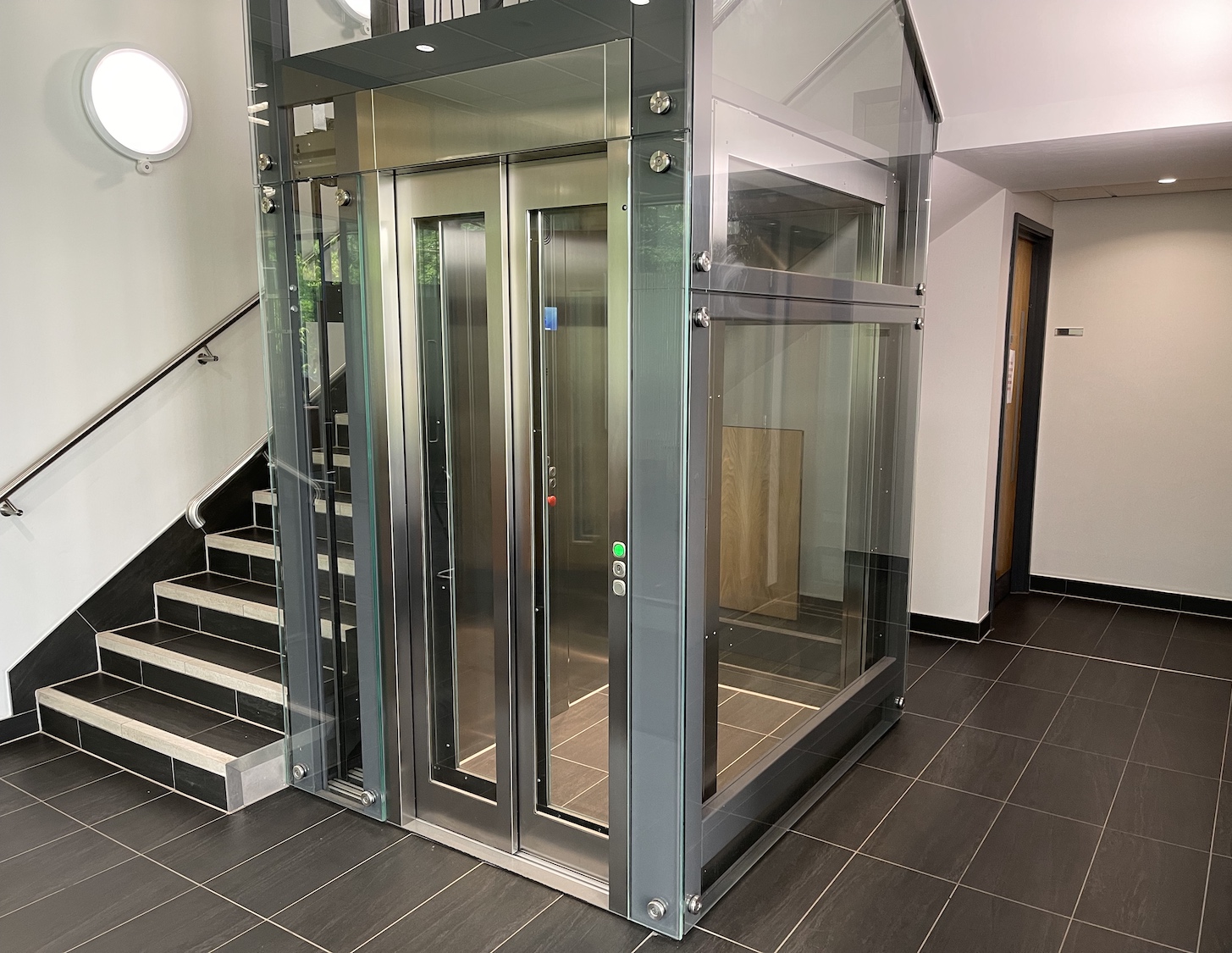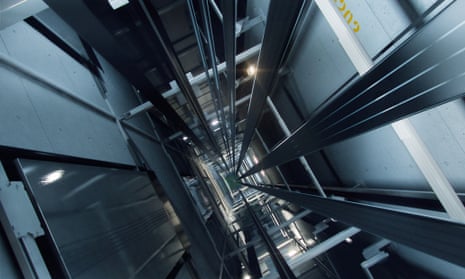London Lift Company: Giving Comprehensive Lift Solutions Throughout the Funding
London Lift Company: Giving Comprehensive Lift Solutions Throughout the Funding
Blog Article
Exploring the Globe of Elevators: Usual Issues Faced by Numerous Lift Mechanisms
As we navigate with the vertical transportation systems of contemporary structures, elevators attract attention as a crucial component of our lives. Nevertheless, behind their smooth operation lies a globe of elaborate devices that can in some cases run into challenges. From hydraulic lifts to grip systems and machine-room-less designs, each lift kind features its set of typical concerns. Understanding these difficulties is crucial for making sure the smooth performance of these vital systems. Let's discover the intricacies that underlie the operation of elevators and the possible issues that can develop, losing light on the intricate web of lift systems.
Hydraulic Lifts
Hydraulic lifts, frequently liked for low-rise structures, make use of fluid stress to regulate the activity of the lift car (lift repair companies). This mechanism involves a hydraulic pump pushing oil into a cylinder, causing the elevator to move in the desired direction. While hydraulic elevators are known for their smooth and peaceful operation, they do come with their own set of usual concerns
One widespread issue with hydraulic elevators is oil leak. In addition, issues with the control system, such as damaged valves or a malfunctioning pump, can create disruptions in the lift's movement.
Routine maintenance and punctual repairs are necessary to make certain the smooth performance of hydraulic elevators. By addressing these usual problems proactively, building proprietors can reduce downtime and ensure the safety and security and effectiveness of their vertical transport system.
Traction Lifts
When thinking about upright transportation systems in structures, one more common kind apart from hydraulic lifts is the traction lift. Traction lifts run utilizing a system of ropes and counterweights that move the lift cars and truck by gripping onto the hoist ropes. This system allows for smoother and quicker vertical transportation contrasted to hydraulic systems.
One of the usual issues dealt with by traction elevators is rope wear. The consistent movement of the ropes within the grip system can lead to tear and put on in time, potentially creating the elevator to malfunction or come to be hazardous for usage. Regular evaluations and upkeep of the ropes are important to make sure the lift's proper functioning and safety and security.
Another problem that grip lifts may experience is associated with the control system. Troubles with the control system can result in problems such as irregular activity, delays in reaction times, or also full closures. Regular testing and maintenance of the control system are vital to stop such issues and guarantee the lift's integrity.
Machine-Room-Less (MRL) Lifts

One of the crucial parts his explanation of MRL elevators is the portable gearless traction equipment that is set up within the hoistway. This machine effectively drives the lift auto without the requirement for bulky equipment located in conventional grip elevators. Furthermore, MRL elevators commonly use a counterweight system to stabilize the vehicle, more enhancing their power efficiency.
Regardless of their advantages, MRL elevators might encounter difficulties connected to repair and maintenance because of the constrained space for equipment installation. Availability for servicing parts within the shaft can be restricted, requiring specialized training for technicians. Appropriate upkeep timetables and normal inspections are vital to ensure the continued smooth operation of MRL elevators.
Overloading and Weight Limit Issues
Are elevators equipped to handle excess weight loads effectively and securely? Straining and weight limitation problems are important problems in lift procedures. Elevator makers layout raises with certain weight capabilities to guarantee passenger safety and equipment long life. Going beyond these weight restrictions can bring about numerous issues, including mechanical failures, hold-ups, and safety and security dangers.
When elevators are overloaded, it places extreme strain on the electric motor, cable televisions, and other elements, possibly creating break downs or breakdowns. If they detect excess weight, safety and security mechanisms such as sensing units and overload sensors are in location to prevent elevators from relocating. Furthermore, going beyond weight limitations can bring about boosted power intake and deterioration on the lift system.
To reduce straining issues, developing supervisors ought to plainly display weight limits in lifts and inform owners on the significance of sticking to these restrictions - lift repair companies. Routine upkeep checks by certified specialists can likewise aid guarantee that lifts are running within safe weight parameters. By resolving overloading and weight limitation concerns proactively, building owners can improve lift safety and security and efficiency
Electrical System Failures
Going beyond weight limitations in elevators can not only lead to mechanical issues yet additionally possibly contribute to electrical system failings within the lift framework. Electrical system failures are a critical concern in lift operation, as they can cause unexpected closures, breakdowns, or even safety threats.
In addition, power surges or fluctuations in the electric supply can likewise interrupt the elevator's procedure, impacting its performance and safety and security. These electrical disturbances can harm sensitive lift elements such as control panels, motherboard, or sensing units, leading to system website here failings. Routine upkeep and assessments are important to identify and attend to potential electric problems without delay, making sure the safe and efficient procedure of elevator systems. By sticking to weight limits and performing routine electric system checks, structure owners can minimize the danger of electric failures in lifts.
Verdict

Hydraulic lifts, frequently favored for low-rise buildings, make use of fluid pressure to manage the activity of the elevator auto.When thinking about upright transportation systems in structures, another more typical kind aside from hydraulic elevators is the grip lift. Traction lifts run using a system of ropes and weights that relocate the elevator cars and truck by clutching onto the hoist ropes. Unlike conventional lifts that call for a separate maker area to house the equipment, MRL elevators incorporate many of the components within the shaft, getting rid of the demand for a dedicated device area.In verdict, elevators deal with typical concerns such as hydraulic breakdowns, traction system failures, and electrical system issues.
Report this page